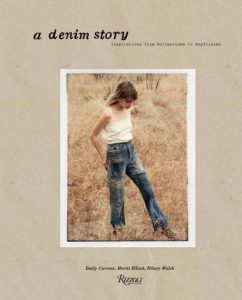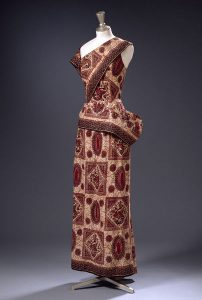Receiving and completing the tasks that have been set throughout the RCS module has allowed me to learn a lot about myself, my work ethic, and my understanding of different issues and subject matters within the fashion and textiles industry. Throughout the past few weeks I have been provided with a new set of challenges to overcome in order to successfully complete the tasks.
I found this module to be very interesting, the lectures to be engaging and the tasks to be well explained, presented and easily accessible when needed. I found some tasks to be easier than others but all to be pretty substantial and at an even skill level. Going into this module I feel I already had a lot of experience with referencing because I learnt to Harvard reference and reference a range of different sources during my art and design diploma, despite this it was refreshing to have the importance of referencing explained to me going into this course, I also found the lecture on plagiarism to be a very useful reminder before starting our tasks, encouraging us to become more confident in our work and not to rely purely on the sources we find in relation to our tasks.
All of the tasks forced us to develop a collection of information from various different sources, living in the modern age I find it very difficult to steer away from looking purely at online sources, I am aware of the importance of looking at books, news articles and objects to back up your opinions and facts, however this is something I feel I haven’t achieved well throughout this module, therefore looking at both primary and secondary sources is something I would like to make a conscious effort to improve on next term.
Looking back I feel as though I struggled more with the long written tasks, even though I am fairly confident in my writing skills I feel it is important for me to fully understand what I am focusing my attention on to succeed to an extent I am happy with. I learnt that it was important for me to discuss the tasks and gather second opinions on my ideas before moving forward with a task. The ‘Ethics’ task was one of my favourite tasks because even though it was a longer task I felt as though I understood the brief to the best of my knowledge and was able to see many pathways and opportunities within a limited theme.
This module has been useful in helping me to focus on direction and format within my work, both written and practical, it has allowed me to think more about where I gather initial my sources from in each project or task that will benefit my studies in the near future. I was grateful that there was plenty of explanation and direction given to us to ensure we fully understood the tasks set but still containing plenty of balance which allowed me to be independent and original enough in my work.


